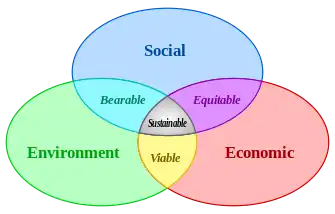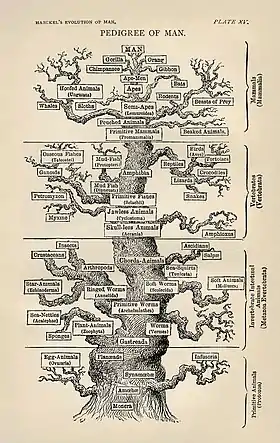| Portal | WikiProject Environment | Talk page |
Introduction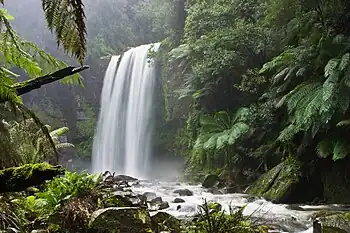 Land management has preserved the natural characteristics of Hopetoun Falls, Australia while allowing ample access for visitors. The natural environment or natural world encompasses all living and non-living things occurring naturally, meaning in this case not artificial. The term is most often applied to Earth or some parts of Earth. This environment encompasses the interaction of all living species, climate, weather and natural resources that affect human survival and economic activity. The concept of the natural environment can be distinguished as components:
In contrast to the natural environment is the built environment. Built environments are where humans have fundamentally transformed landscapes such as urban settings and agricultural land conversion, the natural environment is greatly changed into a simplified human environment. Even acts which seem less extreme, such as building a mud hut or a photovoltaic system in the desert, the modified environment becomes an artificial one. Though many animals build things to provide a better environment for themselves, they are not human, hence beaver dams, and the works of mound-building termites, are thought of as natural. (Full article...) A biophysical environment is a biotic and abiotic surrounding of an organism or population, and consequently includes the factors that have an influence in their survival, development, and evolution. A biophysical environment can vary in scale from microscopic to global in extent. It can also be subdivided according to its attributes. Examples include the marine environment, the atmospheric environment and the terrestrial environment. The number of biophysical environments is countless, given that each living organism has its own environment. The term environment can refer to a singular global environment in relation to humanity, or a local biophysical environment, e.g. the UK's Environment Agency. (Full article...) Selected article -The March for Science Portland (also known as the March for Science PDX and Portland March for Science) was a protest held in Portland, Oregon. This local protest was part of the March for Science, a series of rallies and marches in Washington, D.C., and over 600 cities across the world on April 22, 2017 (Earth Day). Portland Science Advocates organized the march in support of science and to protest President Donald Trump's plan to cut funding for the Environmental Protection Agency and the National Institutes of Health. Funding for the event, which cost approximately $30,000, was crowdsourced. Amid rainy weather, thousands of people attended the demonstration, gathering at a rally at Tom McCall Waterfront Park before marching 44 blocks of downtown Portland. Speakers included Earl Blumenauer, Suzanne Bonamici, and Elizabeth Steiner Hayward. Organizations that promoted the protest included the Audubon Society of Portland, Oregon Environmental Council, Oregon Health & Science University, and Xerces Society. Reporters noted organizers' attempts to create a political yet nonpartisan atmosphere, and participants' public criticism of Trump. The event featured activities for children and was described as having a family-friendly atmosphere. (Full article...)Did you know (auto-generated) -
Selected image - A false-color composite of global oceanic and terrestrial photoautotroph abundance, from September 1997 to August 2000. The picture shows the activity of photosynthesizing organisms in the biosphere. Many of these are used for ecosystem services which are natural processes relied upon by humans. Current eventsNews
Selected biography -Gro Brundtland (Norwegian pronunciation: [ˈɡruː ˈhɑ̀ːlɛm ˈbrʉ̀ntlɑnː]; born Gro Harlem, 20 April 1939) is a Norwegian politician (Arbeiderpartiet), who served three terms as the 29th Prime Minister of Norway (1981, 1986–1989, and 1990–1996), as the Leader of the Labour Party from 1981 to 1992, and as the director-general of the World Health Organization from 1998 to 2003. She is also known for having chaired the Brundtland Commission which presented the Brundtland Report on sustainable development. Educated as a physician, Brundtland joined the Labour Party and entered the government in 1974 as Minister of the Environment. She became the first female Prime Minister of Norway on 4 February 1981, but left office on 14 October 1981; she returned as Prime Minister on 9 May 1986 and served until 16 October 1989. She finally returned for her third term on 3 November 1990. After her surprise resignation as Prime Minister in 1996, she became an international leader in sustainable development and public health, and served as Director-General of the World Health Organization and as UN Special Envoy on Climate Change from 2007 to 2010. She is also deputy chair of The Elders and a former vice-president of Socialist International. (Full article...)Selected organization -Seacology is a nonprofit 501(c)(3) charitable organization headquartered in Berkeley, California, that works to preserve island ecosystems and cultures around the world. Founded in 1991, it began with the work of ethnobotanist Paul Alan Cox, who researched tropical plants and their medicinal value in the village of Falealupo in Samoa during the mid-1980s. When the villagers were pressured into selling logging rights to their rainforest in 1988 to build a new school, Cox and his wife offered to help secure funds for the new school in return for an agreement with the villagers to protect their forest. With the help of his friends and family, Cox secured the funds within six months, later earning him and the village chief, Fuiono Senio, the Goldman Environmental Prize for their efforts. Word spread throughout the islands, and with increasing demand for similar projects, Cox, along with Bill Marré and Ken Murdock, decided to form Seacology and expand their work internationally. For the first few years, the organization operated on a volunteer basis. Because of the high risk of extinction for island fauna and the decline in coral reef ecosystems, Seacology's primary focus is projects in which villagers sign contracts under which they agree to help protect either terrestrial or marine habitat for a specified time in return for new buildings or services. The operations are low-cost, averaging around US$20,000 to $25,000. Construction is done with local labor and sometimes without the use of machinery. Seacology selects its projects by reviewing the recommendations of its field representatives and its scientific advisory board. (Full article...)General images -The following are images from various environment-related articles on Wikipedia.
Selected quote -More did you know - London Smog
Main topicsRelated articlesThings you can do
Related categories
Related portalsWikiProjects
Associated WikimediaThe following Wikimedia Foundation sister projects provide more on this subject:
Discover Wikipedia using portals
| ||||||||

.jpg.webp)

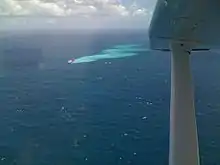
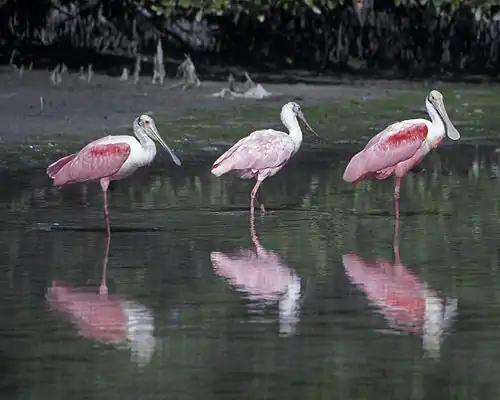
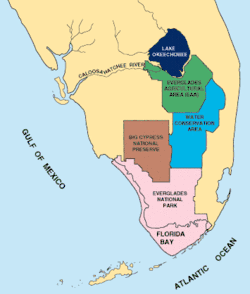

.jpg.webp)
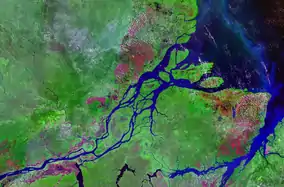
.jpg.webp)
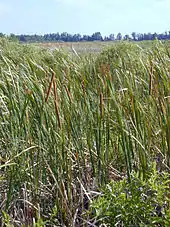

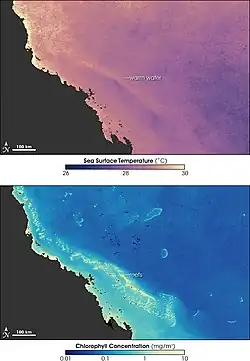
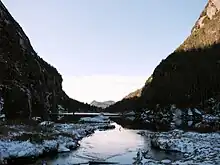
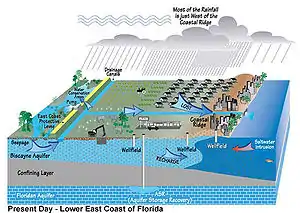
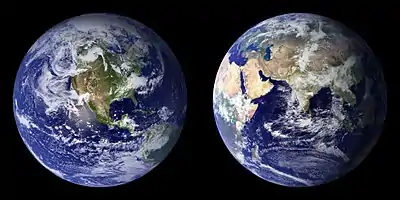
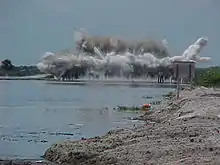
.jpg.webp)
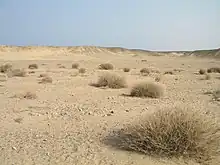

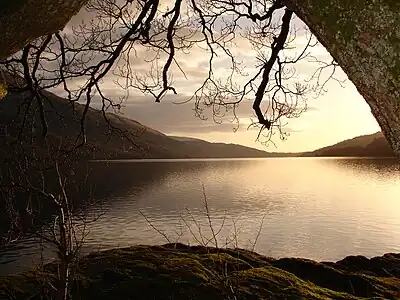
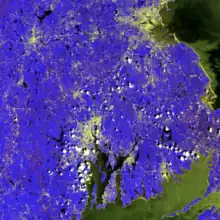
.jpg.webp)
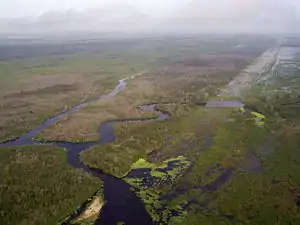


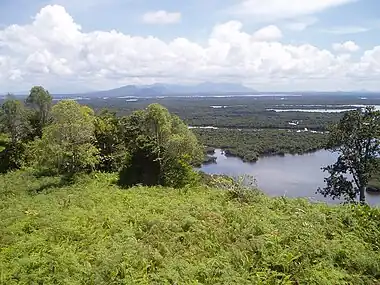

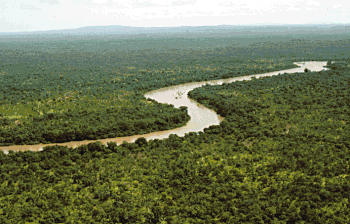
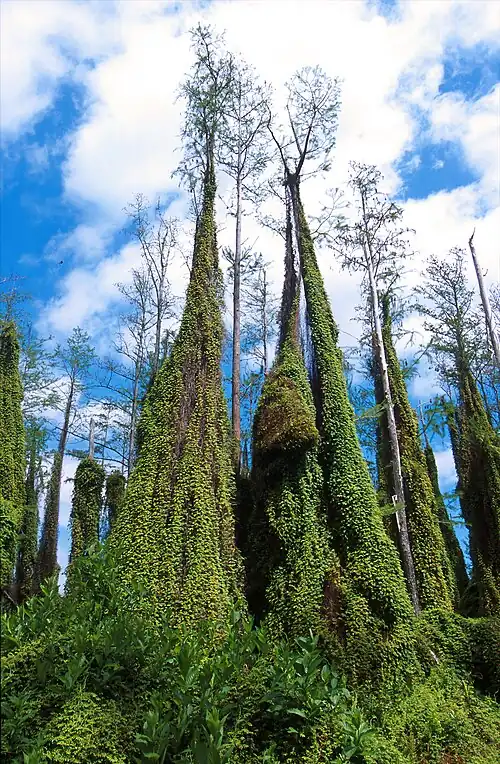
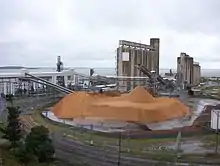
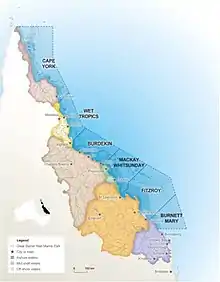
_18.jpg.webp)

.JPG.webp)

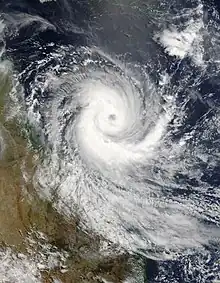
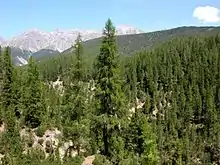
.jpg.webp)
.jpg.webp)
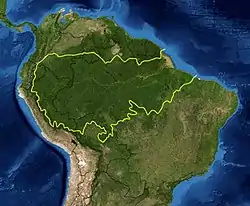
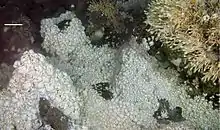
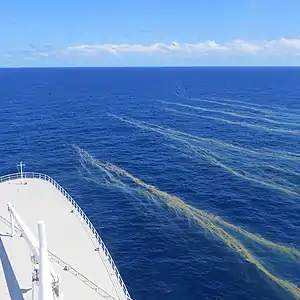


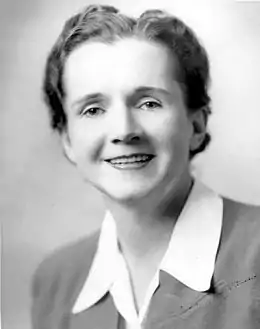

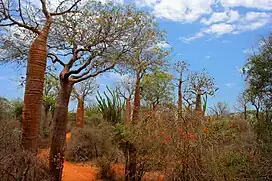
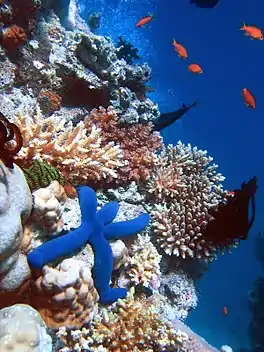

_peeking_from_a_leaf_hole_of_an_Alnus_nepalensis_tree_(cropped).jpg.webp)
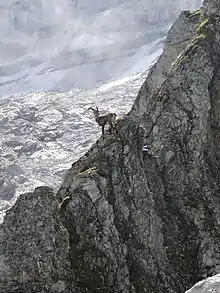



.jpg.webp)

